By Mike Wilmington and Film Noir Blonde
The Noir File is FNB’s guide to classic film noir and neo-noir from the schedule of Turner Classic Movies (TCM), which broadcasts them uncut and uninterrupted. The times are Eastern Standard and (Pacific Standard).
PICK OF THE WEEK
“Leave Her to Heaven” (1945, John M. Stahl). Monday, April 22, 10 p.m. (7 p.m.).
What’s the most important thing a woman can give to a man? Staggering beauty, brains and breeding? Check, check, check. Sanity, however, does not always make the list, at least in the case of Ellen Berent (Gene Tierney) and Richard Harland (Cornel Wilde), the principal characters in “Leave Her to Heaven.” The two meet on a train and marry, tad hastily. Richard soon discovers that beneath his wife’s exquisite surface is a green-eyed monster with murder on her mind.
John M. Stahl’s stylish adaptation of Ben Ames Williams’ best-selling novel of romance and suspense is one of the most unusual of all ’40’s film noirs. For one thing, it isn’t photographed in expressionistic black and white, but in gorgeous color, all the better to set off Tieney’s delicate beauty and that of Jeanne Crain, the gal Richard mistakenly didn’t marry. It takes place not in the city, but in a pastoral lake home, surrounded by green trees and blue sky. Ellen comes from an affluent family; Richard is a writer.
Still, “Leave Her to Heaven” does boast a classic film noir plot and one of the supreme movie femme fatales who’s not the person you want standing behind you on a high staircase, with no witnesses. (With Vincent Price.)
Friday, April 19
1:30 p.m. (10:30 a.m.): “Blackboard Jungle” (1955, Richard Brooks). A movie/pop culture trail-blazer, adapted by writer-director Brooks (“In Cold Blood”) from Evan Hunter’s novel of New York City juvenile delinquency. Glenn Ford is the dedicated new teacher, Anne Francis is his supportive wife, Louis Calhern is the faculty snob and Richard Kiley is the enthusiastic fellow teacher who gets his vintage jazz record collection smashed by his students. Among the juveniles, a stellar bunch, Vic Morrow is the bad kid, Sidney Poitier is the good kid and Paul Mazursky is a creepy little hood. The credits song was the smashing debut of Bill Haley’s “Rock Around the Clock.”
3:15 p.m. (12:15 p.m.): “Rebel Without a Cause” (1955, Nicholas Ray). James Dean became the movies’ all-time romantic teen-age icon when he pulled on his red jacket and played a confused knife-wielding kid named Jim Stark in this lyrical and violent drama of high school crime in the L. A. suburbs. Natalie Wood as Judy and Sal Mineo as Plato make up the rest of the movie’s main threesome of outsiders, the teen hoods include Corey Allen as Buzz, Dennis Hooper as Moose and Jim Backus is the father whom Jim wants to stand up for him. In 1955, Nick Ray’s most famous film was adored by American teenagers and by French intellectual cinephiles and cineastes. It still plays like a fever dream of movie love and violence.
8 p.m. (5 p.m.): “His Girl Friday” (1940, Howard Hawks). With Cary Grant, Rosalind Russell and Ralph Bellamy.
Saturday, April 20
8 p.m. (5 p.m.): “Freaks” (1932, Tod Browning). With Olga Baclanova, Harry Earles and Wallace Ford.
Sunday, April 21
10 a.m. (7 a.m.); “Who Framed Roger Rabbit” (1988, Robert Zemeckis & Richard Williams). If Raymond Chandler and Chuck Jones had ever sat down together over a few beers, this is what they might have come up with: a fantastic amalgam of classic private eye mystery and brilliant razzle-dazzle Looney Tunes cartoonery – undoubtedly the greatest animated film noir feature ever made. The movie creates an alternate world and a different 1947 Los Angeles, where humans and cartoons co-exist.
Most of the noir detective story archetypes are here – the tough shamus (Bob Hoskins as Eddie Valiant), the murder suspect (Charles Fleischer as long-eared fugitive Roger Rabbit), the femme fatale (Kathleen Turner as cartoon bombshell Jessica Rabbit), the suspicious boss (Stubby Kaye as studio head Marvin Acme) and the formidable lawman (Christopher Lloyd as Judge Doom).
These characters then wonderfully rub elbows with the royalty of cartoondom: the likes of Bugs Bunny, Daffy Duck and Betty Boop. The live action and animated stuff are expertly blended and the result is classic neo-noir for the nostalgic and the young at heart. It’s an absolute detecto-delight.


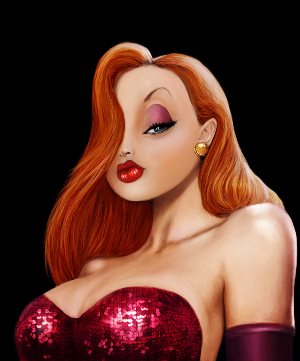






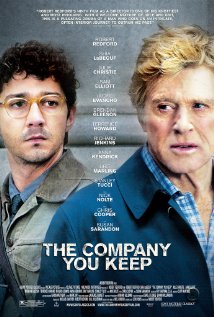


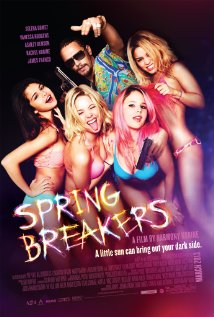
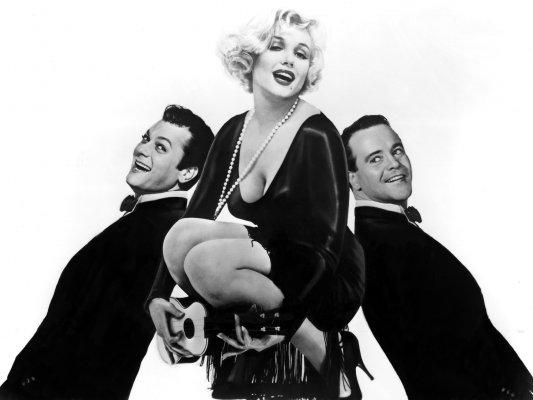

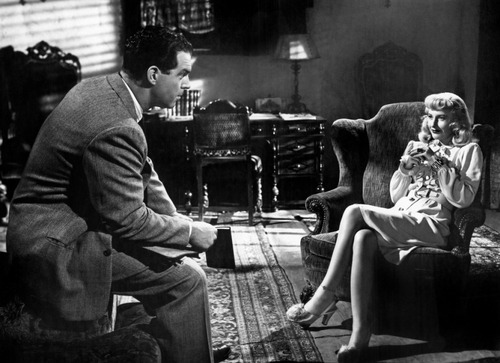
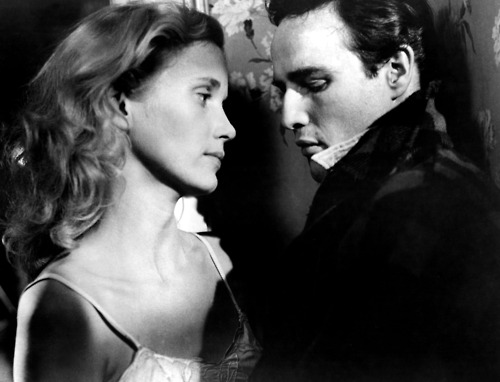
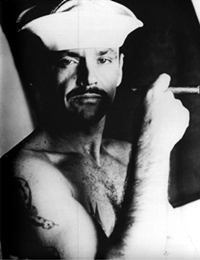
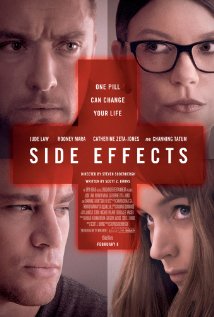
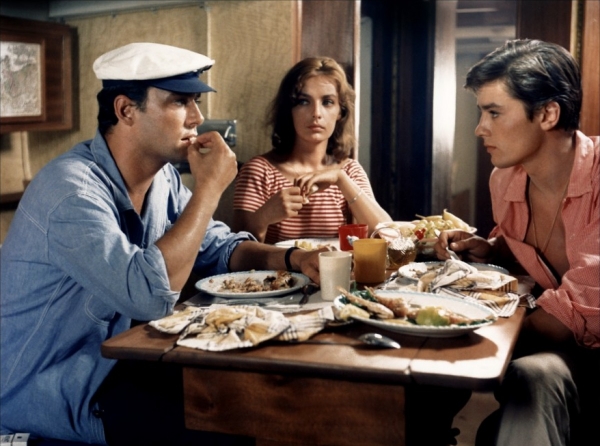
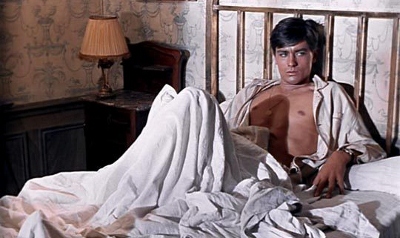


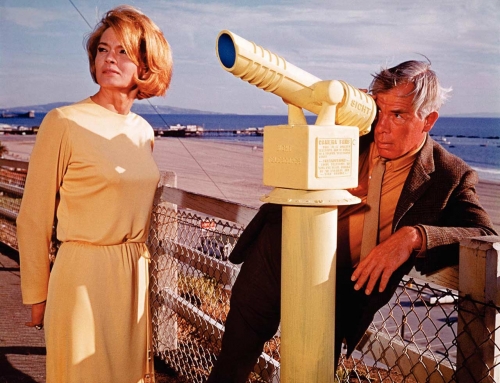
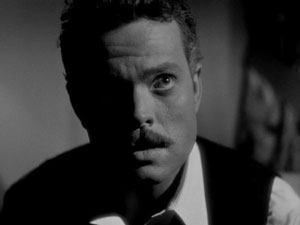
![tumblr_mftjtfvuhd1r2dnu8o1_1280[1]](http://www.filmnoirblonde.com/wp-content/uploads/2013/01/tumblr_mftjtfvuhd1r2dnu8o1_12801.jpg)
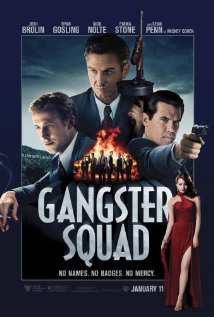





From FNB readers